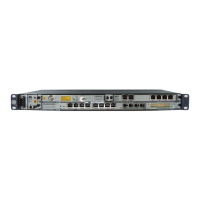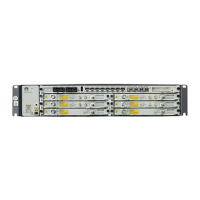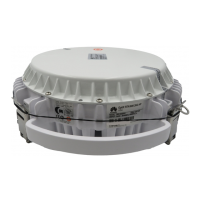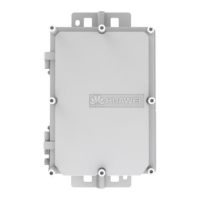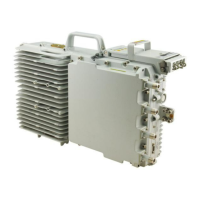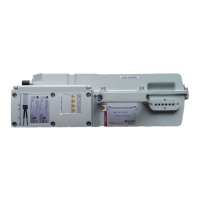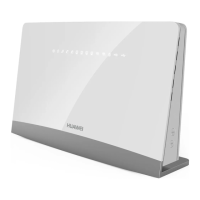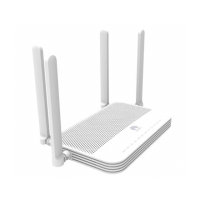Do you have a question about the Huawei RTN510 and is the answer not in the manual?
Principles for configuring the aggregation node, including IP settings and DHCP.
Principles for configuring RT sites, including DHCP client enablement.
Step-by-step guide for configuring PowerCube 500 on the aggregation node.
Configuration steps for RTN510 AP on the aggregation node.
Configuration steps for RT sites.
Configuration principles for the aggregation node in Layer 2 access scenarios.
Configuration principles for RT sites connecting to Layer 2 networks.
Configuration principles for aggregation nodes accessing networks via custom VLAN IDs.
Configuration principles for RTN510 RT and PowerCube 500 on downstream sites.
Configuration example for PowerCube 500 on aggregation node, including NMSif IP.
Configuration example for RTN510 AP on aggregation node, enabling DHCP server.
Configuration example for RT site, enabling DHCP client.
Configuration example for RTN510 AP on aggregation node, modifying management VLAN ID.
Configuration example for RT site, enabling DHCP client.
Configuration principles for aggregation nodes directly accessing third-party networks.
Configuration principles for RT sites in direct access scenarios.
Configuration example for RTN510 AP on aggregation node, enabling DHCP server.
Configuration example for RT site, enabling DHCP client.
Principles for configuring the aggregation node, including IP settings and DHCP.
Principles for configuring RT sites, including DHCP client enablement.
Step-by-step guide for configuring PowerCube 500 on the aggregation node.
Configuration steps for RTN510 AP on the aggregation node.
Configuration steps for RT sites.
Configuration principles for the aggregation node in Layer 2 access scenarios.
Configuration principles for RT sites connecting to Layer 2 networks.
Configuration principles for aggregation nodes accessing networks via custom VLAN IDs.
Configuration principles for RTN510 RT and PowerCube 500 on downstream sites.
Configuration example for PowerCube 500 on aggregation node, including NMSif IP.
Configuration example for RTN510 AP on aggregation node, enabling DHCP server.
Configuration example for RT site, enabling DHCP client.
Configuration example for RTN510 AP on aggregation node, modifying management VLAN ID.
Configuration example for RT site, enabling DHCP client.
Configuration principles for aggregation nodes directly accessing third-party networks.
Configuration principles for RT sites in direct access scenarios.
Configuration example for RTN510 AP on aggregation node, enabling DHCP server.
Configuration example for RT site, enabling DHCP client.
| Channel Spacing | 3.5 MHz to 56 MHz |
|---|---|
| Power Supply | -48 V DC |
| XPIC Support | Yes |
| Product Type | Microwave Radio |
| Type | Outdoor Unit |
| Frequency Range | 6-42 GHz |
| Capacity | Up to 2.5 Gbps |
| Modulation Schemes | QPSK, 16QAM, 32QAM, 64QAM, 128QAM, 256QAM |
| Interface | Ethernet |
| Protection | 1+1 HSB, 1+1 FD |
| Weight | Approx. 8 kg |
| Cooling | Fanless |
| Installation | Pole/wall mounting |
